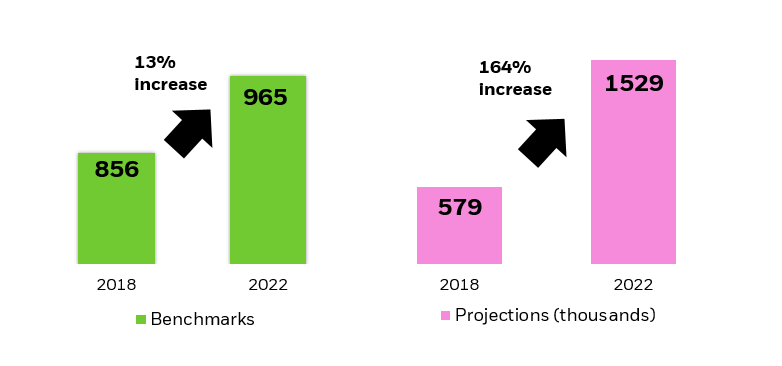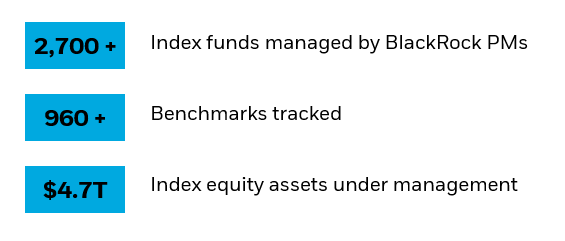INTRODUCTION
Market indexes are designed to represent and measure the performance of securities in a specific market, asset class, sector, or investment strategy. Indexes are financial calculations, based on a grouping of financial instruments, and therefore are not directly investible. Rather, investors seeking exposure to an index often invest through index-tracking managed funds and exchange traded funds (ETFs), which are generally designed to track the performance of a specified index as closely as possible.
Index providers are responsible for ensuring that the composition of an index adequately reflects its stated methodology. This is done partially through regular updates, or “rebalances,” which are changes to an index’s holdings and holding weights. Importantly, index fund managers must reconfigure portfolio holdings to match the rebalanced index in order to continue to achieve their index-tracking objective.
This article examines the rebalancing of equity indexes and offers insights into the BlackRock process for managing these index events. The takeaway: Thousands of skilful and thoughtful decisions are made behind the scenes in order to achieve the precision that our investors expect.
For more information on the role of index providers, see The role of index providers.






